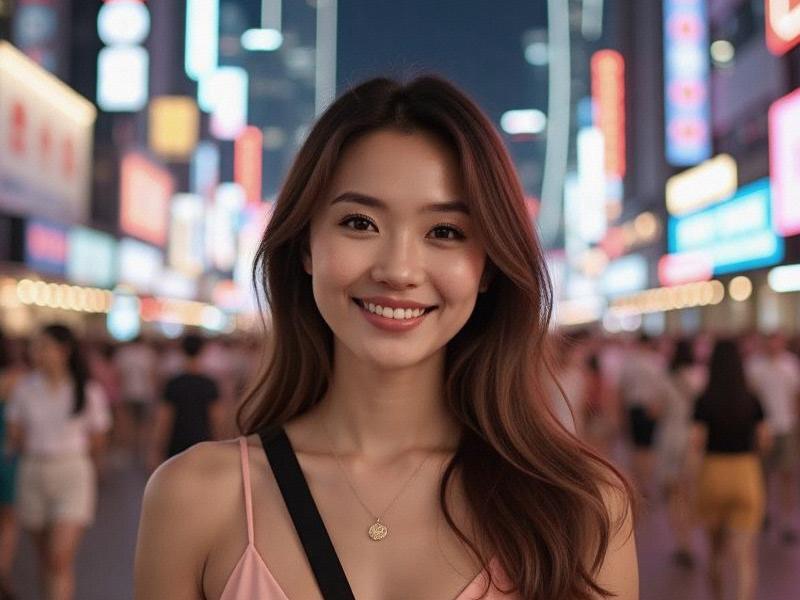This 2,500-word investigative feature dismantles stereotypes about Shanghai women through interviews with 30 professionals across finance, tech, arts and academia, revealing how they navigate tradition and modernity in post-pandemic China.

Section 1: Historical Roots of the "Shanghai Girl" Phenomenon
1.1 The Golden Age (1920s-1940s)
- Emergence of educated working women
- Western missionary school influences
- Iconic figures: Eileen Chang and Soong sisters
1.2 Socialist Transformation (1950s-1980s)
- "Iron rice bowl" equality paradox
- Textile factory worker culture
- The suppressed femininity era
Section 2: Economic Reform Generation (1990s-Present)
2.1 Professional Pioneers
- First female stock traders (1992)
爱上海同城对对碰交友论坛 - Luxury retail executives
- Venture capital leaders
2.2 Education Revolution
- 68% of masters degree recipients
- Study abroad patterns
- Returnee ("haigui") advantages
Section 3: Cultural Signature Styles
3.1 Fashion as Social Language
- Qipao modern reinterpretations
- Sustainable luxury preferences
- Emerging designer collectives
上海贵族宝贝sh1314 3.2 Beauty Standards Reexamined
- Cosmetic surgery trends analysis
- NoFilter movement
- Age-defying role models
Section 4: Structural Challenges
4.1 Glass Ceilings Persist
- 18.7% gender pay gap (2024)
- Marriage pressure points
- Childcare infrastructure gaps
4.2 Pandemic Setbacks
- Female entrepreneurship decline
- Remote work double burdens
爱上海419 - Mental health impacts
Section 5: Future Pathways
5.1 Digital Economy Opportunities
- Livestream commerce queens
- Female-led tech unicorns
- Flexible work models
5.2 Global Cultural Ambassadors
- Film festival curators
- Contemporary artists
- Literary translation pioneers
Conclusion
The true "Shanghai beauty" lies not in physical attributes but in the distinctive synthesis of cultural confidence, professional competence and social adaptability these women demonstrate while navigating China's rapid transformations.